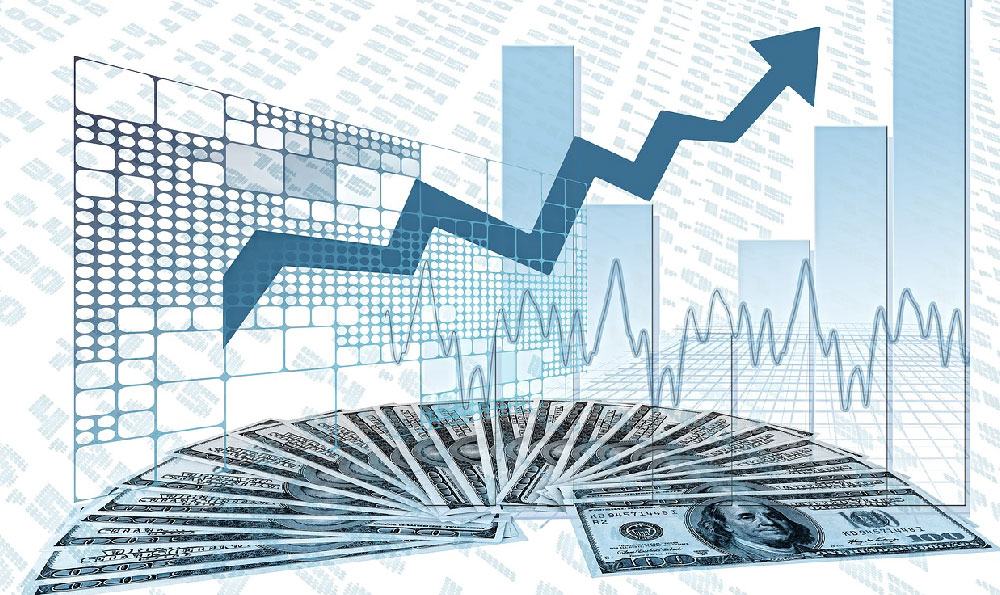
Let's delve into the intricate workings of Automated Teller Machines (ATMs) and explore the mechanisms through which they generate profit. While seemingly simple devices facilitating cash withdrawals, ATMs operate on a complex financial ecosystem and derive revenue from several sources.
At its core, an ATM is a sophisticated electromechanical device connected to a vast network of financial institutions. When a user inserts their card and enters their PIN, the ATM initiates a series of secure communications to verify the card's validity and the availability of funds in the linked account. This process involves several key players: the cardholder's bank (the issuing bank), the ATM's owner (which can be a bank, a credit union, or an independent ATM operator), and often a network processor like Visa or Mastercard.
The ATM reads the information encoded on the magnetic stripe or chip of the card and transmits it, along with the entered PIN, to the issuing bank through the network processor. The issuing bank verifies the PIN and checks the account balance. If everything checks out, the issuing bank approves the transaction and sends an authorization message back to the ATM. The ATM then dispenses the requested cash and updates the account balance (or, more accurately, the transaction is logged for later reconciliation). The entire process, typically lasting only seconds, involves robust encryption and security protocols to prevent fraud and protect sensitive financial data.

The operation of ATMs is governed by strict regulations and security standards, including those established by payment networks and government agencies. This ensures the integrity and reliability of the ATM network and safeguards consumers from unauthorized access to their funds. The physical security of ATMs is also paramount, with measures such as surveillance cameras, alarms, and reinforced structures in place to deter theft and vandalism.
Now, let's explore how ATMs generate profit. The primary source of revenue for ATM operators comes from transaction fees. These fees are charged to users who withdraw cash from an ATM that is not owned by their bank or credit union. This fee is known as a surcharge, and it is typically displayed on the ATM screen before the transaction is completed, allowing the user to decide whether to proceed.
The amount of the surcharge varies depending on the ATM location, the ATM operator, and the network processor. ATMs located in high-traffic areas, such as airports, casinos, and convenience stores, often charge higher surcharges than ATMs located in bank branches or credit unions. The ATM operator sets the surcharge amount, taking into account factors such as operating costs, competition, and demand.
The revenue generated from surcharges is shared between the ATM operator and the network processor. The network processor typically takes a small percentage of the surcharge as a fee for processing the transaction. The remaining portion goes to the ATM operator to cover the costs of operating the ATM, including electricity, maintenance, cash replenishment, and security.
However, surcharge revenue isn't the sole profit avenue. Another significant income stream for ATM owners, particularly banks and credit unions, stems from reduced teller staffing needs and overall operational efficiency. ATMs allow them to serve customers beyond regular banking hours and in locations where it might not be feasible to operate a full-service branch. By automating cash dispensing and other basic banking services, ATMs reduce the need for human tellers, leading to lower labor costs and improved efficiency.
Furthermore, ATMs can generate revenue through advertising. Some ATM operators sell advertising space on the ATM screen or on the ATM enclosure. This allows them to generate additional revenue by displaying advertisements for local businesses or national brands. The effectiveness of ATM advertising depends on the location of the ATM, the target audience, and the quality of the advertisements.
It's also important to consider the concept of "float." ATM operators typically deposit the cash they withdraw from their own bank accounts to replenish the ATM. However, there's a delay between when the ATM dispenses the cash and when the issuing bank debits the cardholder's account. This delay creates a "float" period where the ATM operator effectively has access to the cash without having to pay interest on it. While the "float" income may seem small for individual transactions, it can accumulate to a substantial amount over time, especially for ATM operators with a large network of machines.
Independent ATM operators also benefit from strategic placement. They often partner with businesses to install ATMs in locations where cash is frequently used, such as bars, restaurants, and nightclubs. This allows them to capture a significant share of the surcharge revenue generated from these transactions. These partnerships can also be mutually beneficial, as the business may receive a portion of the surcharge revenue or experience increased foot traffic due to the availability of an ATM.
Moreover, ATMs play a crucial role in promoting financial inclusion. They provide access to banking services for individuals who may not have access to a traditional bank branch, particularly in rural or underserved communities. While surcharges can be a barrier for some low-income individuals, ATMs can still be a valuable tool for managing their finances and accessing cash when needed. This contribution to financial inclusion, although not directly a profit driver, enhances the overall societal value of ATMs.
In conclusion, ATMs generate profit through a combination of surcharge fees, reduced operational costs, advertising revenue, float income, and strategic partnerships. The ATM industry is a complex and competitive landscape, with various players vying for market share and seeking innovative ways to maximize profitability while providing convenient and secure access to cash. The seemingly simple act of withdrawing money from an ATM belies a sophisticated financial infrastructure that generates substantial economic value. Understanding these mechanisms is crucial for anyone involved in the financial industry, from investors to policymakers to consumers.





